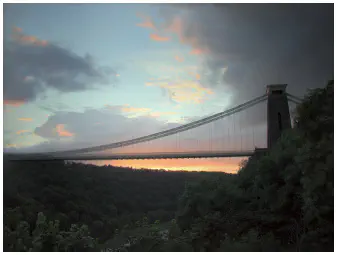
Abstract
abstract
Source code in the HDR Toolbox (BanterleTMO.m) Abstract In this paper we present a new technique for the display of High Dynamic Range (HDR) images on Low Dynamic Range (LDR) displays. The described process has three stages. First, the input image is segmented into luminance zones. Second, the tone mapping operator (TMO) that performs better in each zone is automatically selected. Finally, the resulting tone mapping (TM) outputs for each zone are merged, generating the final LDR output image. To establish the TMO that performs better in each luminance zone we conducted a preliminary psychophysical experiment using a set of HDR images and six different TMOs. We validated our composite technique on several (new) HDR images and conducted a further psychophysical experiment, using an HDR display as reference, that establishes the advantages of our hybrid three-stage approach over a traditional individual TMO.
Schematic description of our Framework. First, the HDR input image is segmented into luminance zones and a zone map is created. Second, the optimal TMO for each zone is applied on the whole input image generating different output images (one for each zone). Finally the tone mapped images are merged and the final output is generated. (For visualization purposes we only show the specific zone tone mapped in the Tone Mapped Zones image on the right.)